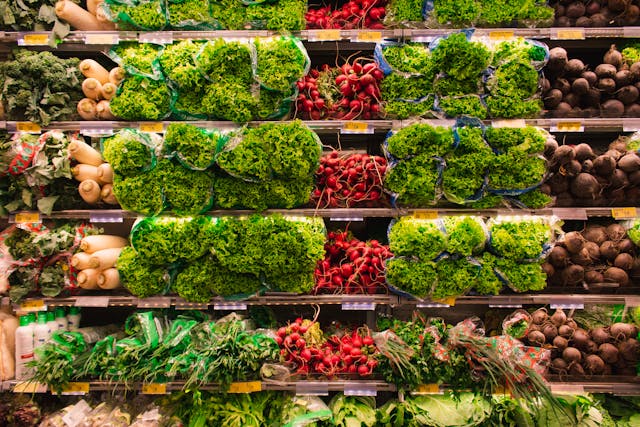The study conducted by researchers at the University of North Carolina at Chapel Hill investigated the potential effects of a combined tax-subsidy policy on the buying habits of low-income households, particularly concerning their nutritional quality, without raising overall costs. By modelling the impact of national-level taxes on sugary and ultra-processed foods and using the generated revenue to fund subsidies for healthier, minimally processed food items, the study aimed to assess how such policies could influence consumer behaviour. The findings suggested that implementing targeted taxes on unhealthy food and drink options, alongside subsidies for healthier choices, would likely lead to a significant improvement in the nutritional quality of purchases made by low-income households.
This policy model not only promotes healthier eating habits but also does so in a cost-effective manner. It effectively encourages healthier eating habits without compromising consumer satisfaction or financial burden. The approach has proven to be cost-effective in various contexts, including reducing sugary drink consumption and associated chronic diseases. Internationally, many countries and regions have already seen positive outcomes from imposing health-centric sugary drink taxes, though few have reinvested the revenues into subsidising healthy food purchases.
In the U.S., similar studies have shown that providing extra financial benefits to food assistance beneficiaries for the purchase of fruits and vegetables significantly boosts the consumption of these healthier food items. The results from this new study underscore the potential of a hybrid policy approach, combining tax and subsidy elements, to enhance the accessibility of nutritious food choices for low-income families. This could include beans, legumes, unprocessed meats, and low- or no-sugar drinks.
Authors Shu Wen Ng, PhD, and Pourya Valizadeh, PhD, emphasise that this method promotes better dietary patterns among the economically disadvantaged and advances nutritional equity. They suggest that such fiscal measures focus more on modifying food pricing structures to make healthy options more affordable than merely generating government revenue. This approach sends a cohesive message to consumers and the food industry about the national commitment to improving diet quality and nutrition security in the United States.
More information: Pourya Valizadeh et al, Promoting Healthier Purchases: Ultraprocessed Food Taxes and Minimally Processed Foods Subsidies for the Low Income, American Journal of Preventive Medicine. DOI: 10.1016/j.amepre.2024.02.019
Journal information: American Journal of Preventive Medicine Provided by University of North Carolina at Chapel Hill








